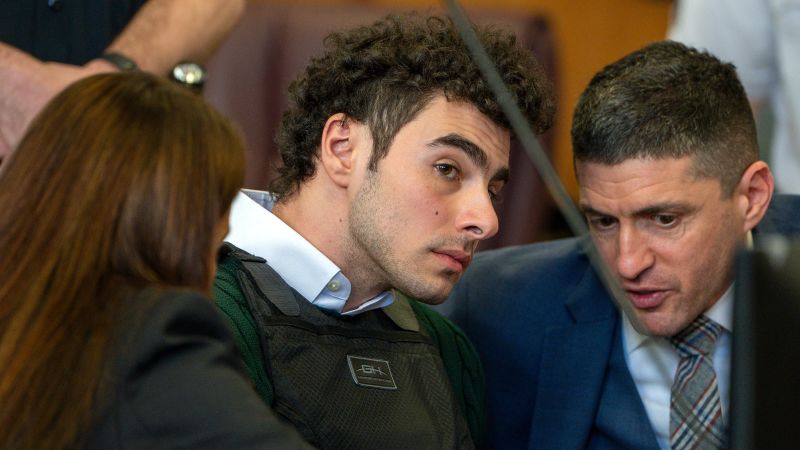
Challenging the Traditional Narrative of the Media Landscape
Opinion | 9/20/2025
In a notable shift perceived by media analysts, the longstanding trope of the “liberal media” is being challenged in contemporary discourse. This traditional narrative depicting mainstream media outlets as inherently left-leaning has faced increasing scrutiny in recent years. The evolving landscape of media consumption, marked by the rise of diverse digital platforms and the proliferation of varying perspectives, has contributed to a more nuanced understanding of media dynamics.
An unnamed media researcher remarked, “The concept of a monolithic liberal media no longer accurately reflects the complex reality of today’s media environment. The diversity of voices and viewpoints across different media channels has reshaped the narrative significantly.” This observation underscores the changing nature of media portrayal and consumption patterns, indicating a departure from the oversimplified characterization of media as uniformly aligned along ideological lines.
Historically, the notion of a “liberal media” has been a common refrain in political discourse, often used to challenge the credibility of journalistic outlets and delegitimize unfavorable reporting. However, as societal attitudes and technological advancements continue to shape media landscapes, the simplistic dichotomy of liberal versus conservative media is being challenged by a more nuanced understanding of the diverse range of perspectives present in contemporary media.
While some critics may still cling to the traditional narrative of a “liberal media,” the evolving media ecosystem reflects a more complex reality that defies easy categorization. The diverse array of voices, opinions, and platforms available in today’s media landscape underscores the importance of critical engagement and discernment in consuming news and information.
As media dynamics continue to evolve, the trope of the “liberal media” appears to be losing its simplistic explanatory power, giving way to a more nuanced and multifaceted understanding of the diverse media ecosystem. This shift highlights the importance of critical thinking and an appreciation for the complexity of contemporary media dynamics.


